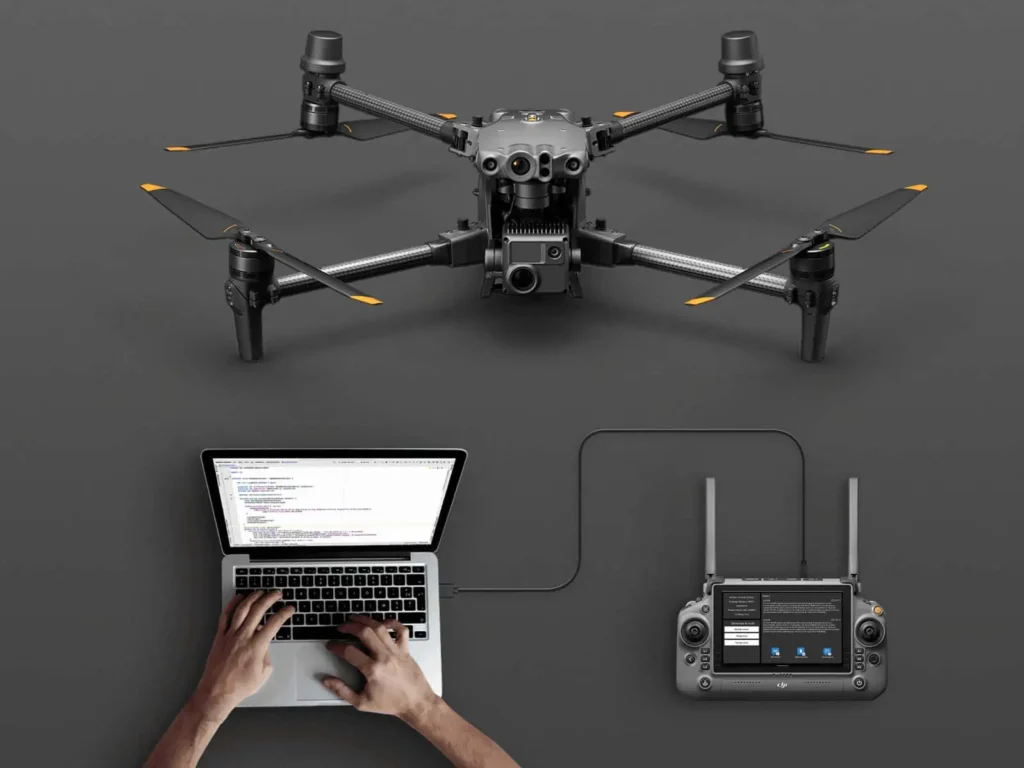Unlocking the Sky: Understanding Coding and Automation
Unmanned Aerial Vehicles (UAVs), or drones, have revolutionized various industries with their versatility and wide-ranging applications. From aerial photography to agriculture and surveillance to search and rescue operations, drones have become indispensable tools. But what propels these drones to perform complex tasks? The secret lies in coding and automation.
Demystifying Drone Programming
Coding for UAVs might seem daunting initially, but at its core, it’s about instructing these flying machines to execute tasks autonomously. Think of it as giving them a set of directions, much like guiding a friend. This process is known as programming.
The Power of Automated Tasks
Why bother with coding for UAVs? Imagine having a drone that can autonomously fly a predetermined path, capturing images for mapping purposes without any human intervention. Or picture a drone patrolling an area, identifying anomalies like unauthorized intruders or environmental hazards. These are just glimpses of what UAVs can achieve through programming and automation.
Navigating the Basics: Flight Controllers and Software Development Kits
Most drones come equipped with flight controllers, essentially mini-computers that govern flight dynamics and navigation. These controllers can be programmed using various software development kits (SDKs) and programming languages.
DJI’s SDK: A Popular Choice
One renowned SDK for drone programming is DJI’s Software Development Kit. It equips developers with tools to craft custom applications for DJI drones, allowing access to flight controls, camera settings, and other functionalities to suit specific needs.
Python: The Preferred Language
Python stands out as a favored language among developers due to its simplicity and versatility. It enables the creation of concise and readable code, ideal for prototyping and rapid development of drone applications.
Achieving Tasks through Programming and Automation
Let’s explore some common tasks achievable through drone programming and automation:
Autonomous Navigation: Programming waypoints or flight paths enables drones to navigate predefined routes without manual control, ideal for tasks like aerial surveying or infrastructure inspection.
Object Detection and Tracking: Drones can be programmed to detect and track objects like vehicles, animals, or people, vital for operations such as search and rescue or wildlife monitoring.
Payload Deployment: With programming, developers can automate payload deployment and control operations mid-flight, allowing drones to carry cameras, sensors, or packages for delivery.
Data Collection and Analysis: Equipped with sensors, drones can gather environmental data like temperature, humidity, or air quality. By programming data collection routines, developers extract valuable insights for research or monitoring.
In Conclusion: Opening Doors to Innovation
Coding for UAVs unveils a realm of possibilities in automation and innovation. Whether you’re an enthusiast experimenting with drone technology or a professional integrating drones into your workflow, learning to code for UAVs offers endless opportunities. Prepare to soar into the exciting world of drone programming!

